A three thousand year old city, a garden city, Metz will surprise you. Here are the unmissable sites and monuments to visite during your stay in Metz Eurometropole. So many great things to discover!
One of the tallest cathedrals in France (42 m under the vaults). Its collection of stained-glass windows (13th – 16th centuries) is the largest collection in Europe (6,500 m²). These windows carry the names of artists such as Valentin Bousch, Marc Chagall, Jacques Villon, Roger Bissière, and more recently, Kimsooja.
Japanese architect Shigeru Ban (Pritzker 2014) and his French associate Jean de Gastines imagined it wearing a Chinese hat. Centre Pompidou-Metz is a contemporary art exhibition space where exhibitions, performances, conferences and receptions take place throughout the year.
Located on Sainte-Croix hill, the birthplace of the city, the museum is surrounded by a group of buildings from various eras: thermal baths, medieval mansions, 18th century abbey... Collections of Gallo-Roman archaeology, medieval art and fine art are displayed in this museum of architecture.
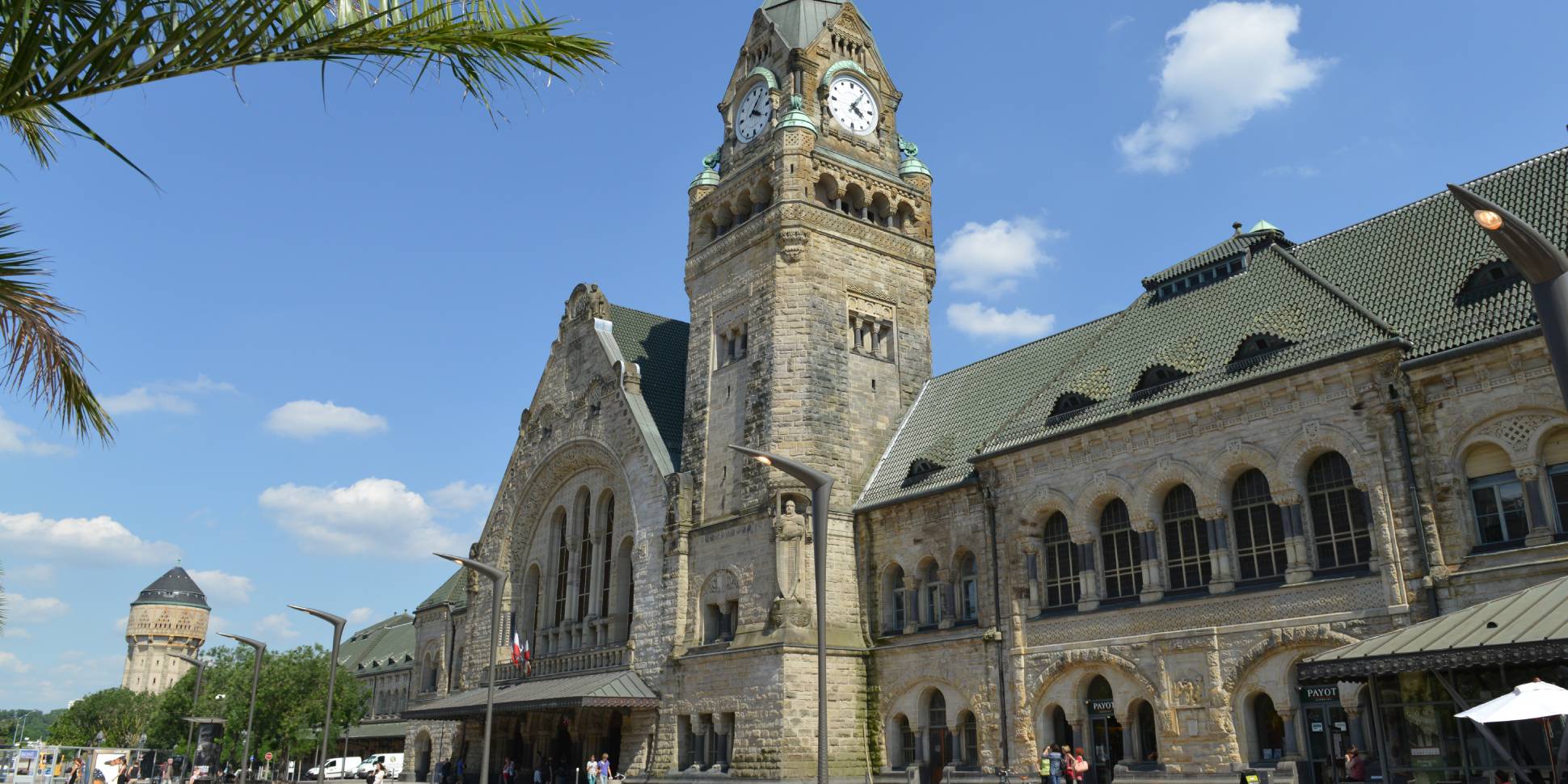
Metz train station is an imposing neo-Roman style building, and was built during the German annexation. It has been elected as the most beautiful train station in France multiple times, and has waiting areas with friezes and remarkably stylized bas-reliefs.
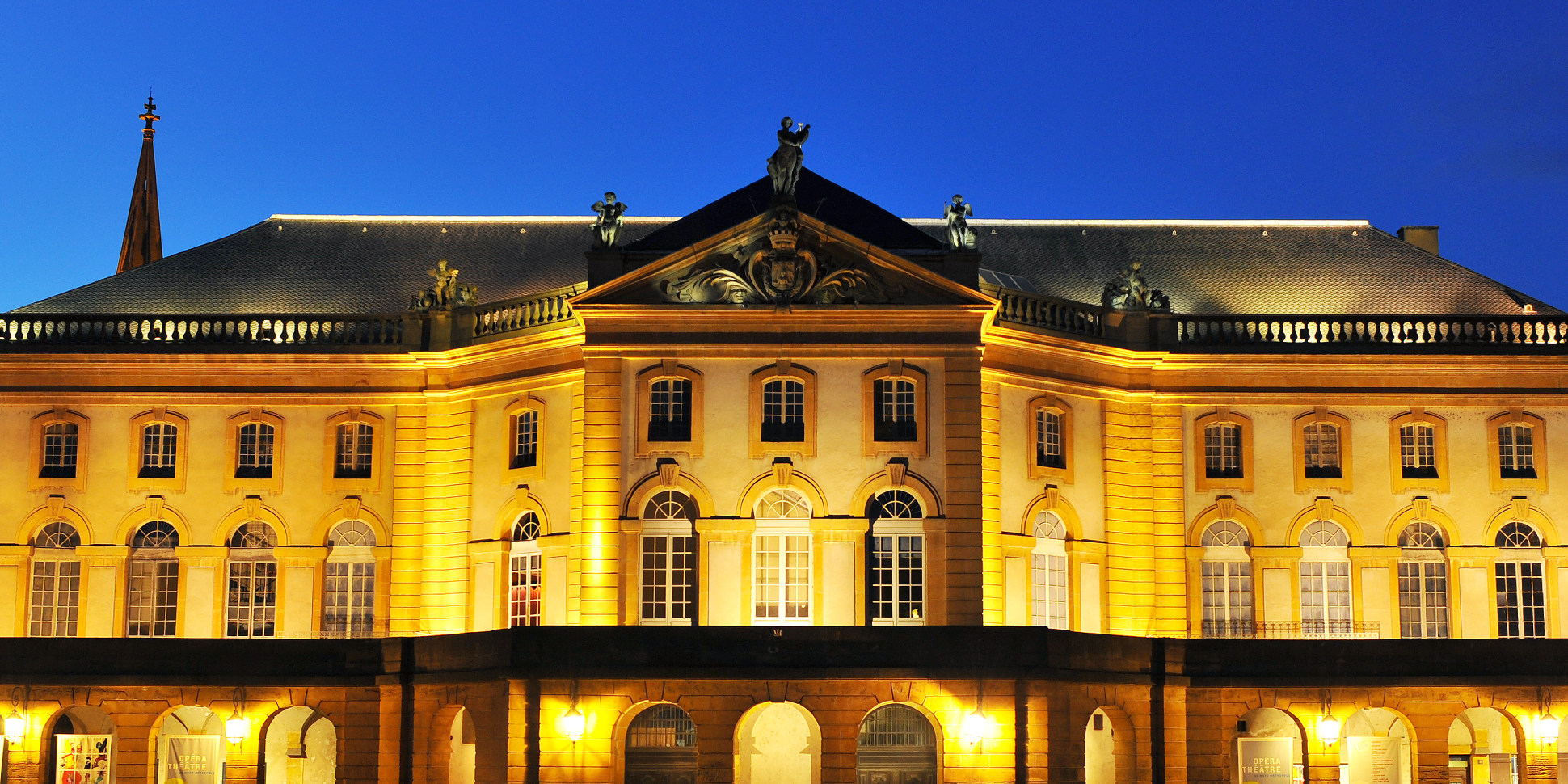
The Opera-Theatre (1738 – 1752) is the oldest working opera-theatre in France. Along with the Palais de l’Intendance (currently the Prefecture), they are the only 18th century buildings on this island. The New Temple was built in 1904 in the Jardin d’Amour, on the western point of the island.
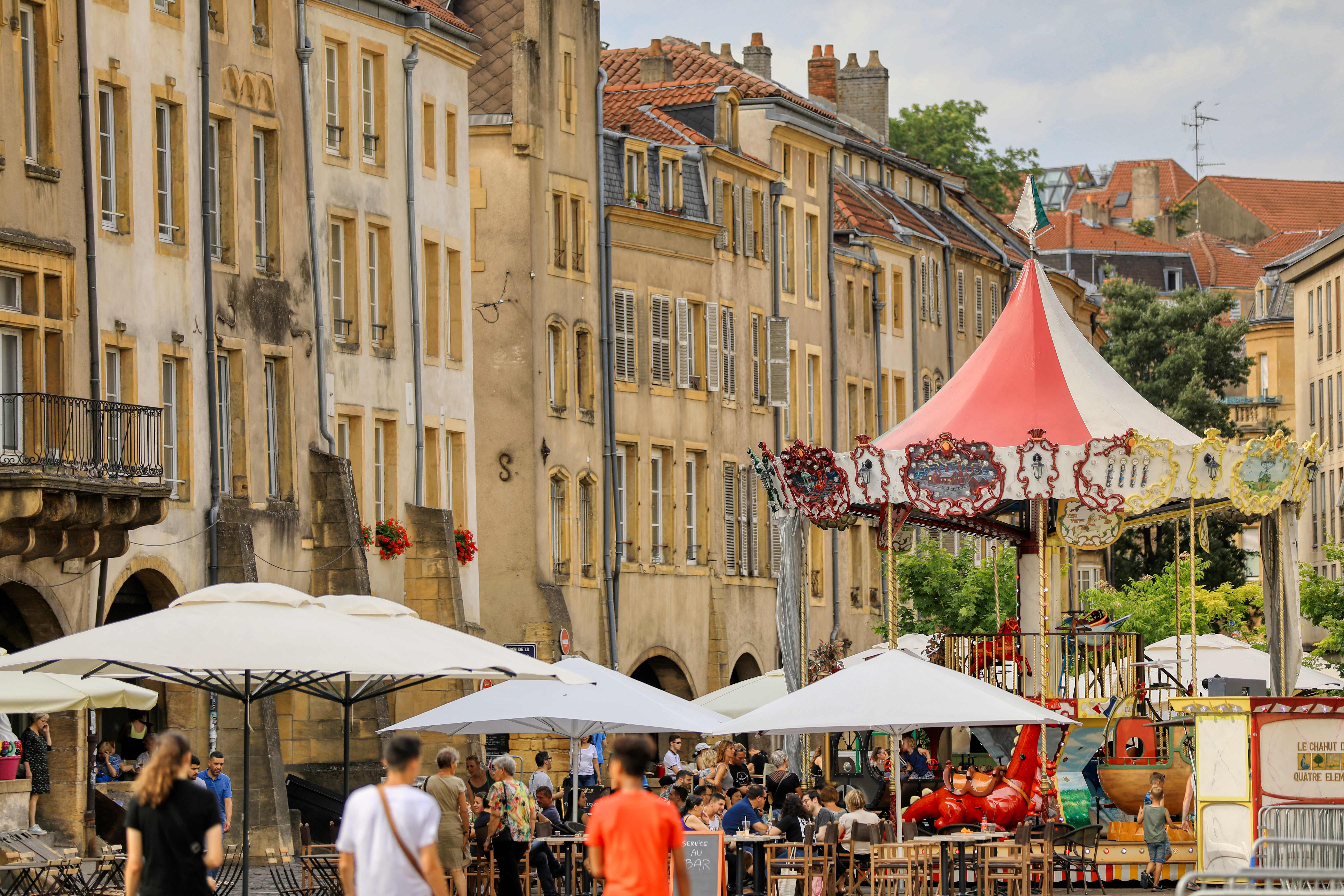
Known as Place de Change in the Middle Ages, it gained the name of Place Saint-Louis in the 18th century. Fairs, markets, and mysteries of the medieval city were held here. With its arcades, low roofs and golden sparkles from the Jaumont stone, it’s one of the locals’ favourite spots.
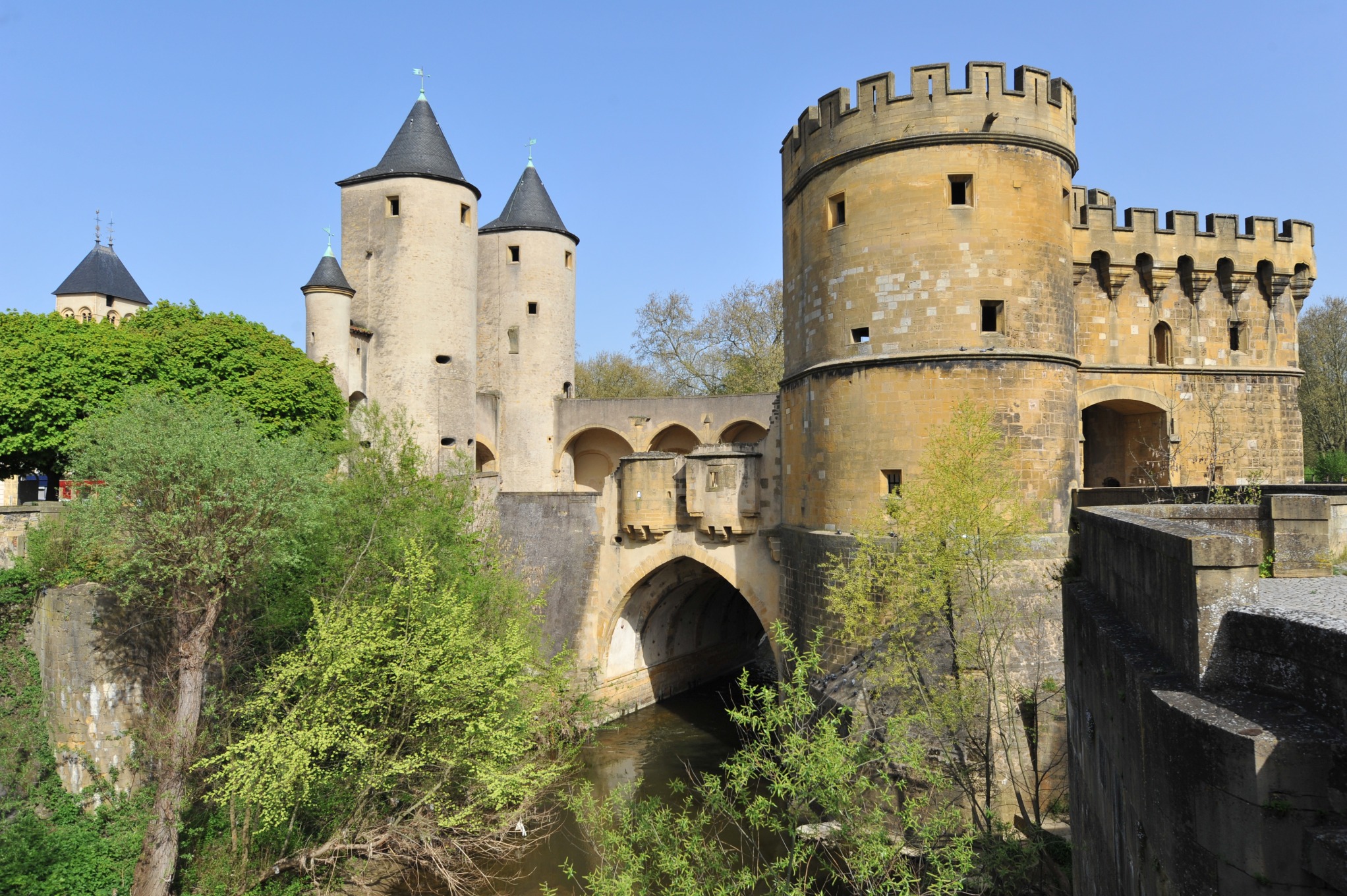
Former fortress at the eastern entrance of Metz, the German's Gate now hosts exhibitions. A developed walkway alongside the fortification allows visitors to explore the Seille and Moselle riverbanks. This walk is the best way to discover the historic heritage while also enjoying nature. The Chemin des Corporations offers a return to the past with its fortified towers bearing the names of bygone trades.
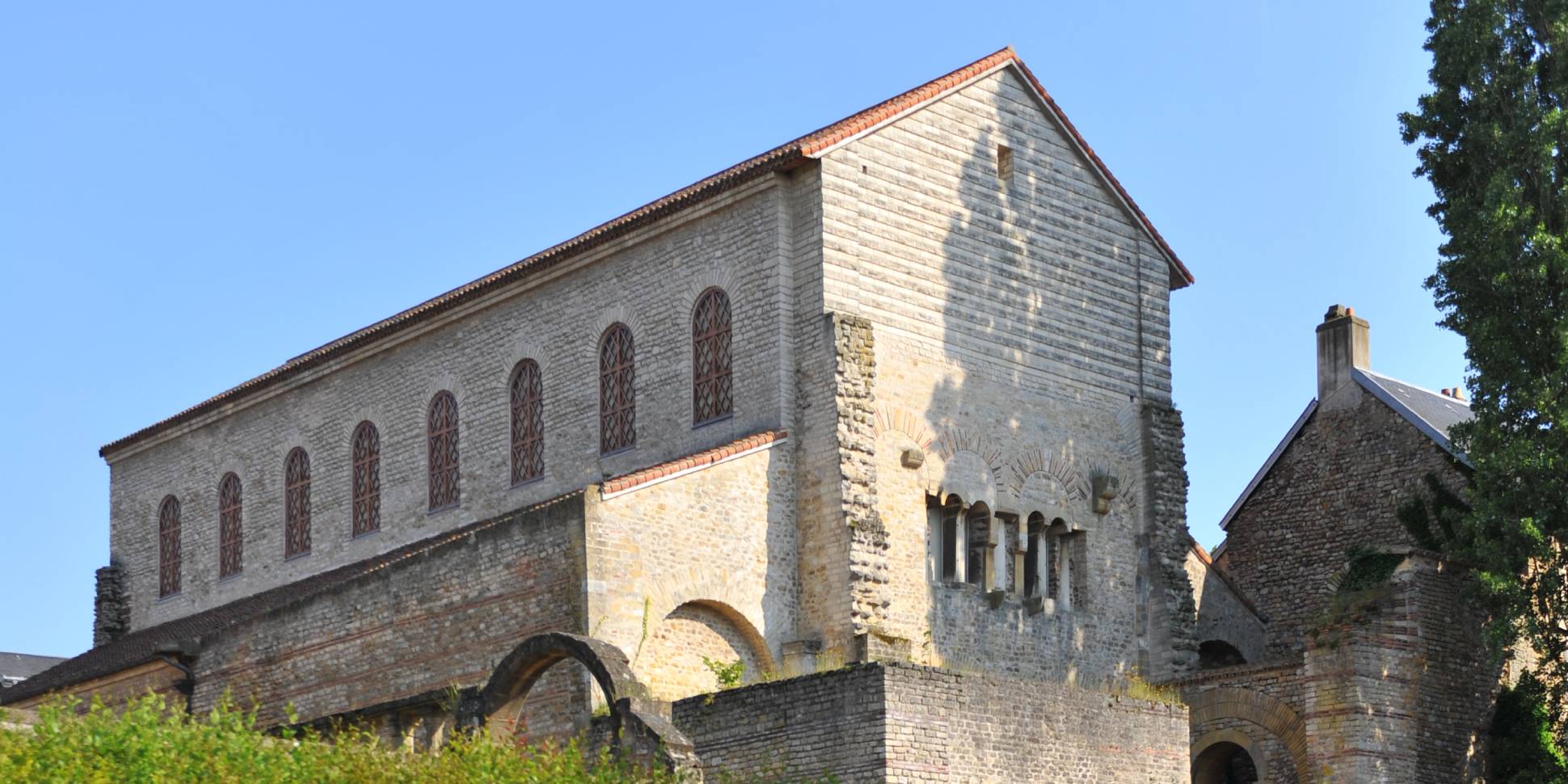
Saint-Pierre-aux-Nonnains church (4th century) is one of the oldest churches in France. Originally a palestra of the Roman thermal baths in the 4th century, it became a Benedictine abbey in the Middle Ages. The Chapelle des Templiers is not far from here, and was built towards the end of the 12th century.
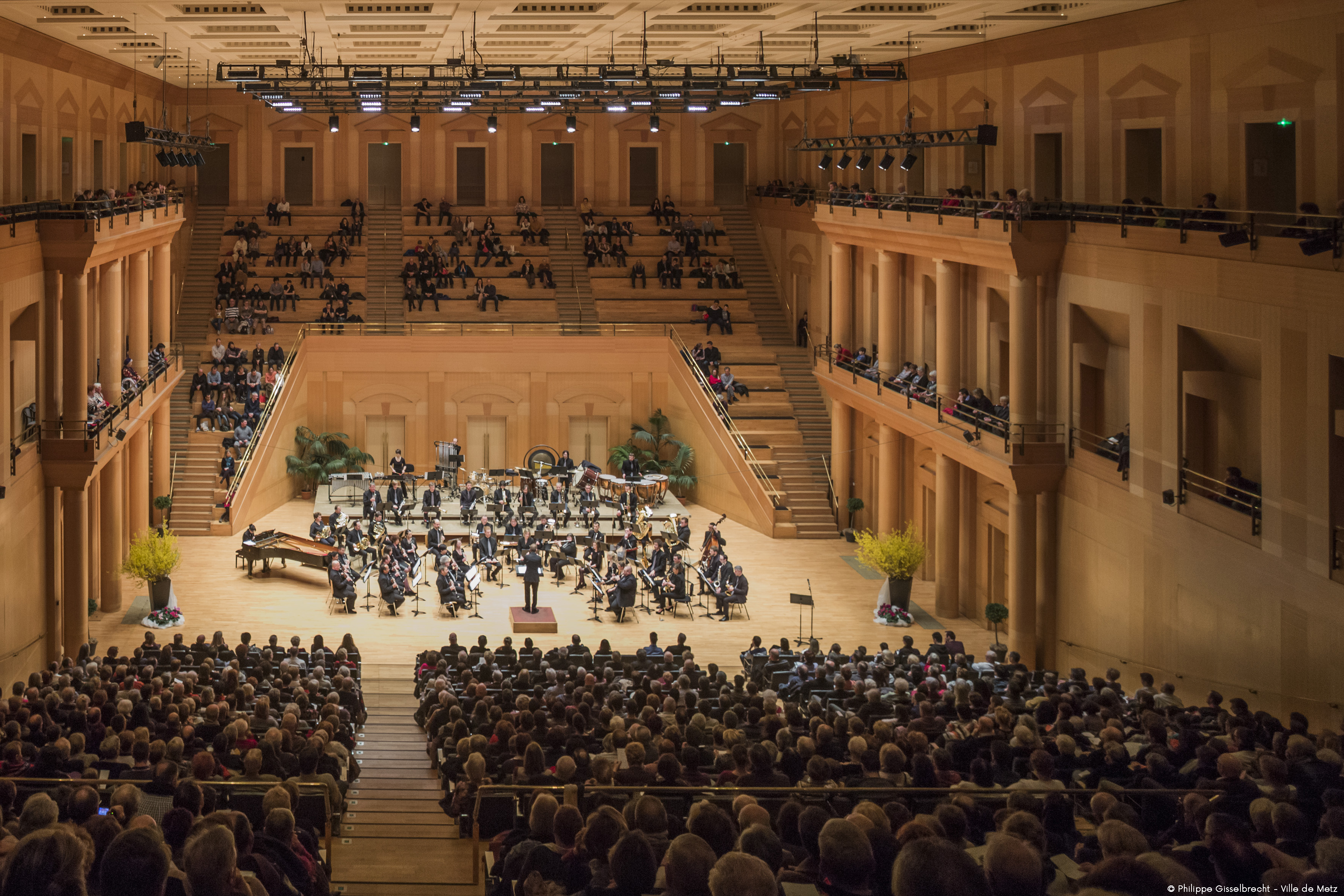
The Arsenal was built in the 19th century to store ammunition, and was then renovated in 1989 by architect Ricardo Bofill. Nowadays it holds a 1300 seat concert hall, described by Mstislav Rostropovitch as having the “best acoustics in France” during its opening ceremony.
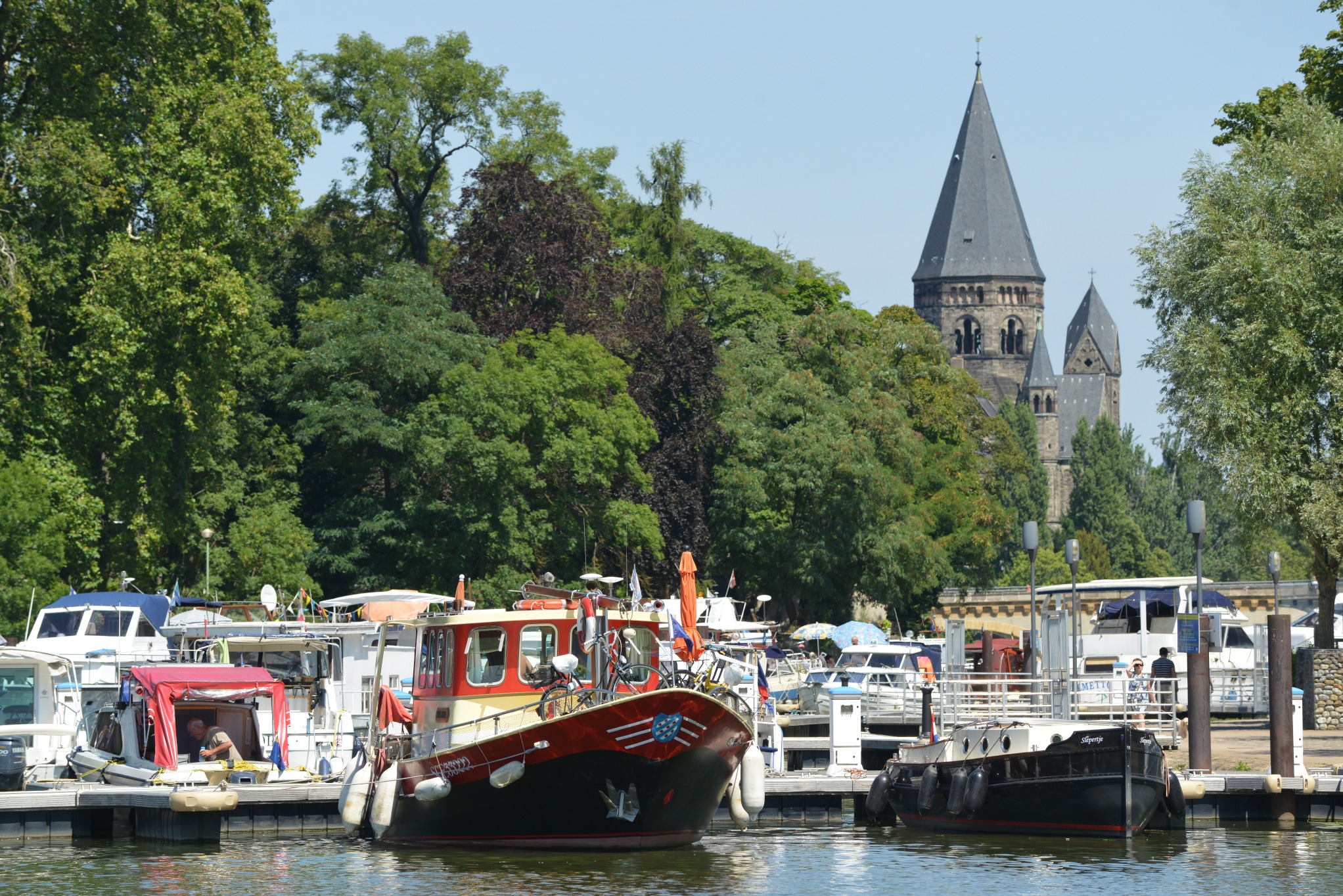
Metz is one of the greenest cities in France, with 625 ha of greenery. Its lake, built during the 1970s, is one of the residents’ most prized walking routes, who like to get together will family and friends here to play sports, have picnics, sail or simply relax...
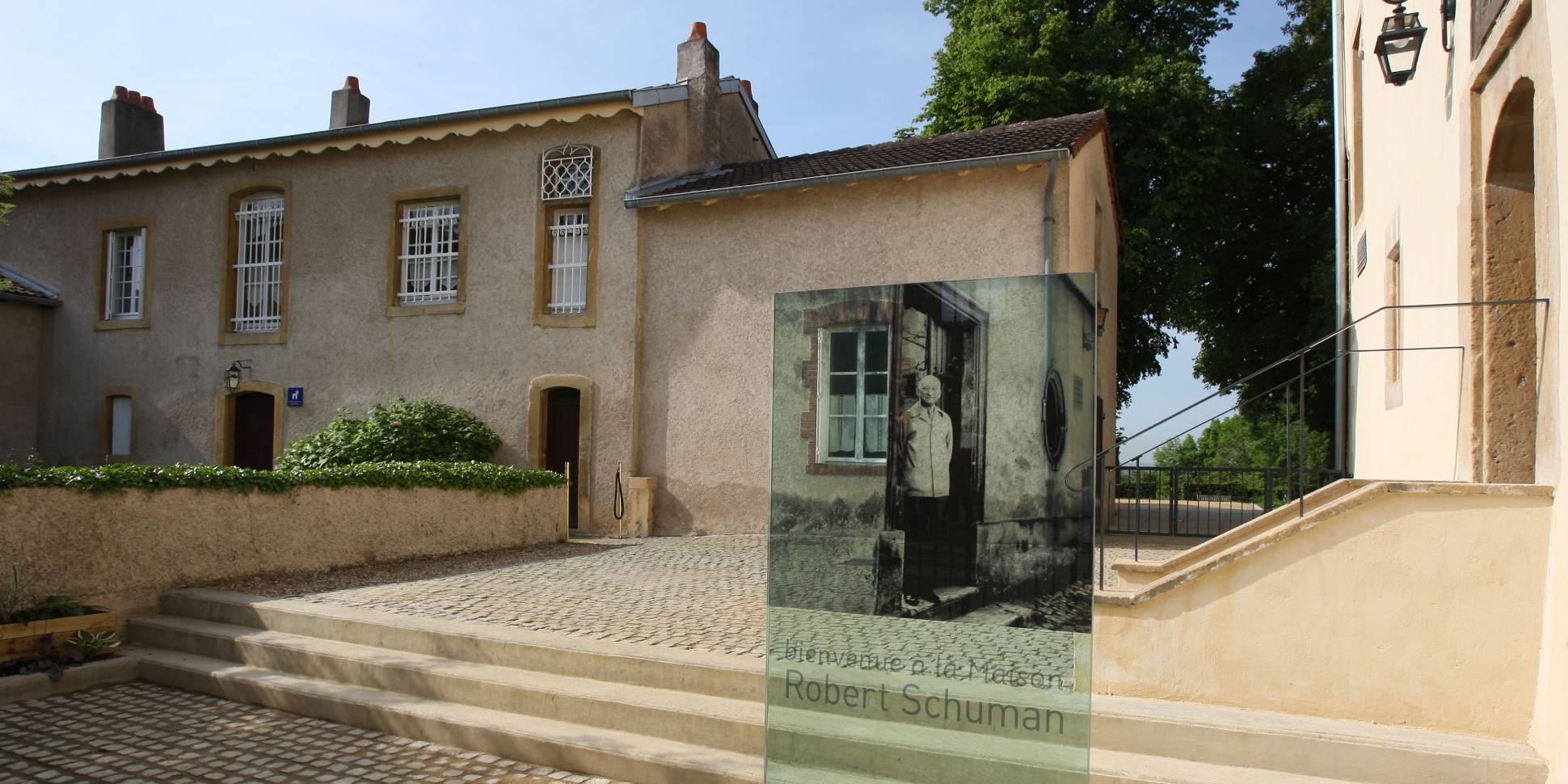
Robert Schuman lived in Scy-Chazelles, a small village 5 km from Metz. Site of the Conseil Départemental de la Moselle (Moselle Departmental Council), Robert Schuman’s House hosts the Centre Européen (European Centre), also know as the Maison de l’Europe (House of Europe).
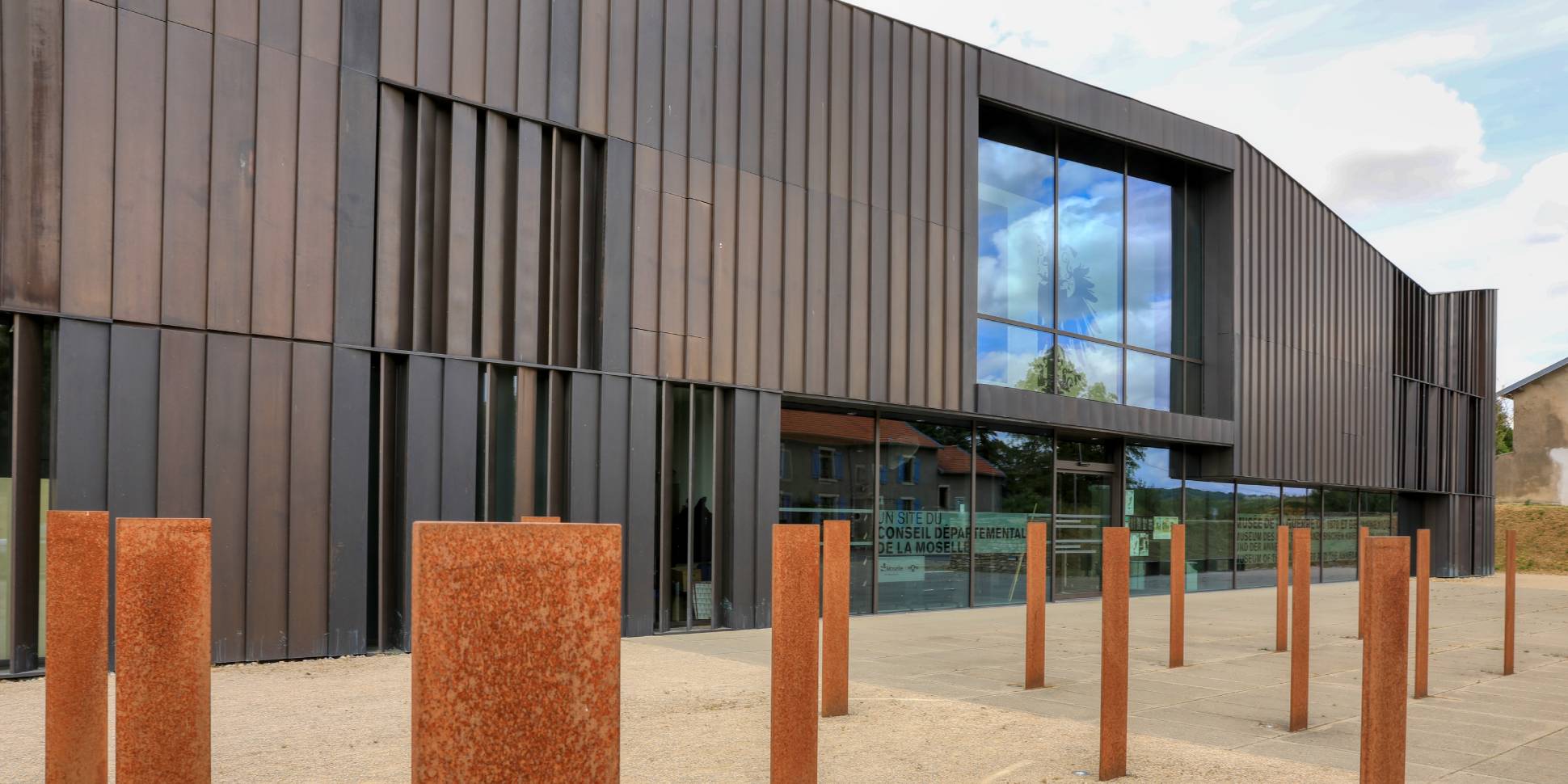
Opened in 2014, the museum is the only museum devoted entirely to the history of the 1870 war and the annexation of Alsace and part of Lorraine by the German Empire (1871-1918). It approaches questions raised by this conflict from a new angle: the unification of Germany, life during the annexation, tensions leading up to the First World War...
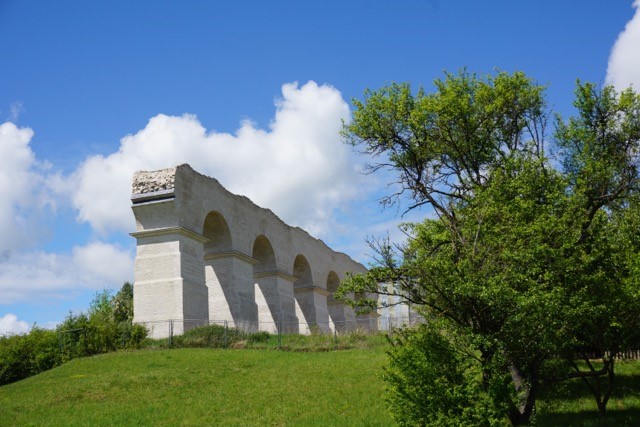
The Ars-sur-Moselle Roman aqueduct was listed as a Monument Historique (Historic Monument) in 1840. It’s a site from the second century which testifies to the importance of Divodurum (Metz in the Roman era). These 17 arches are a small remaining part of the 1.2 km long structure that was originally built.
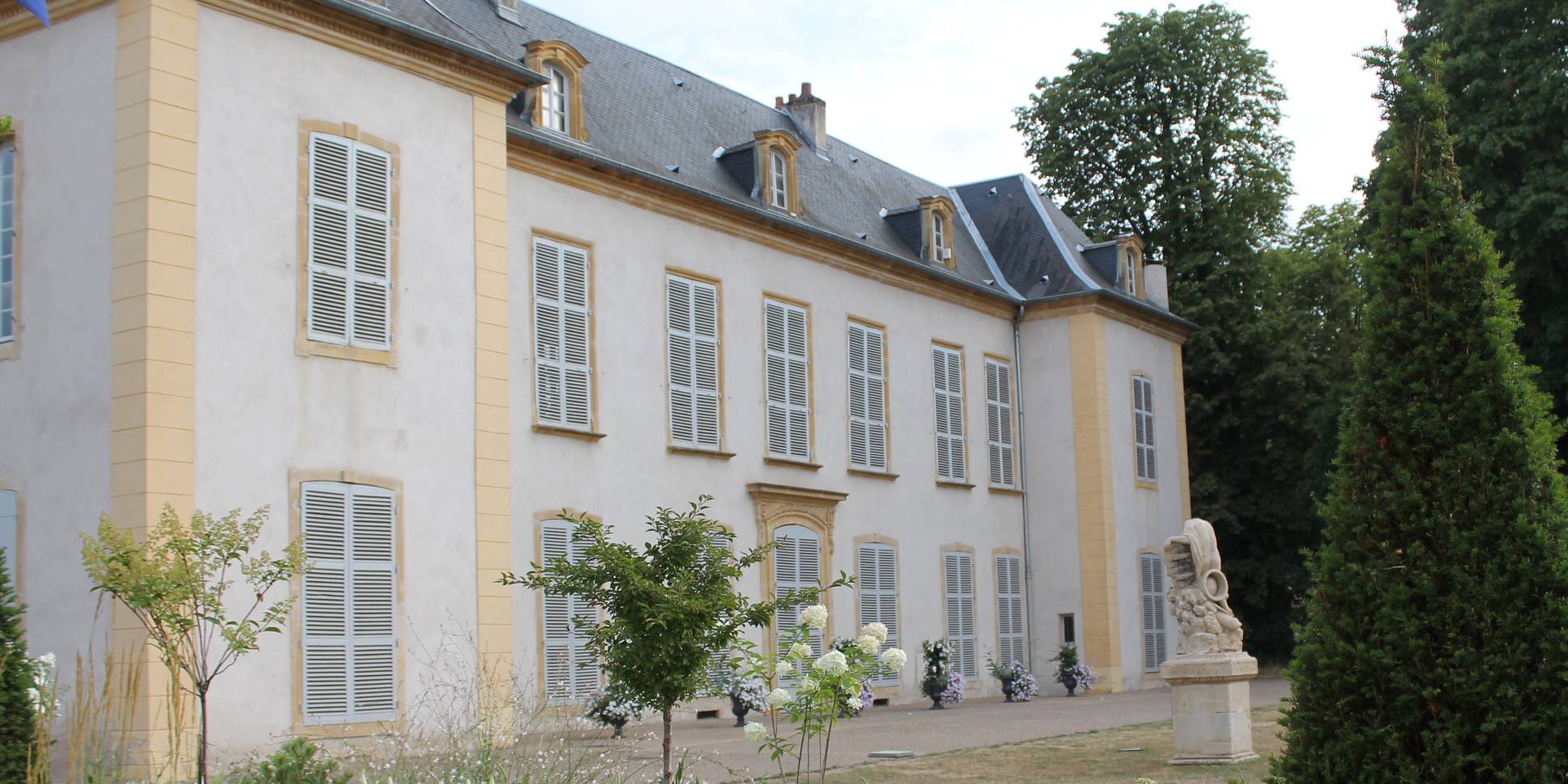
Located in a wooded area, facing the Moselle valley, the green setting of the Château de Courcelles made it a particularly pleasant place to live. Located at the bottom of a garden, Château de Courcelles now opens its doors to heritage, art, and diverse events.
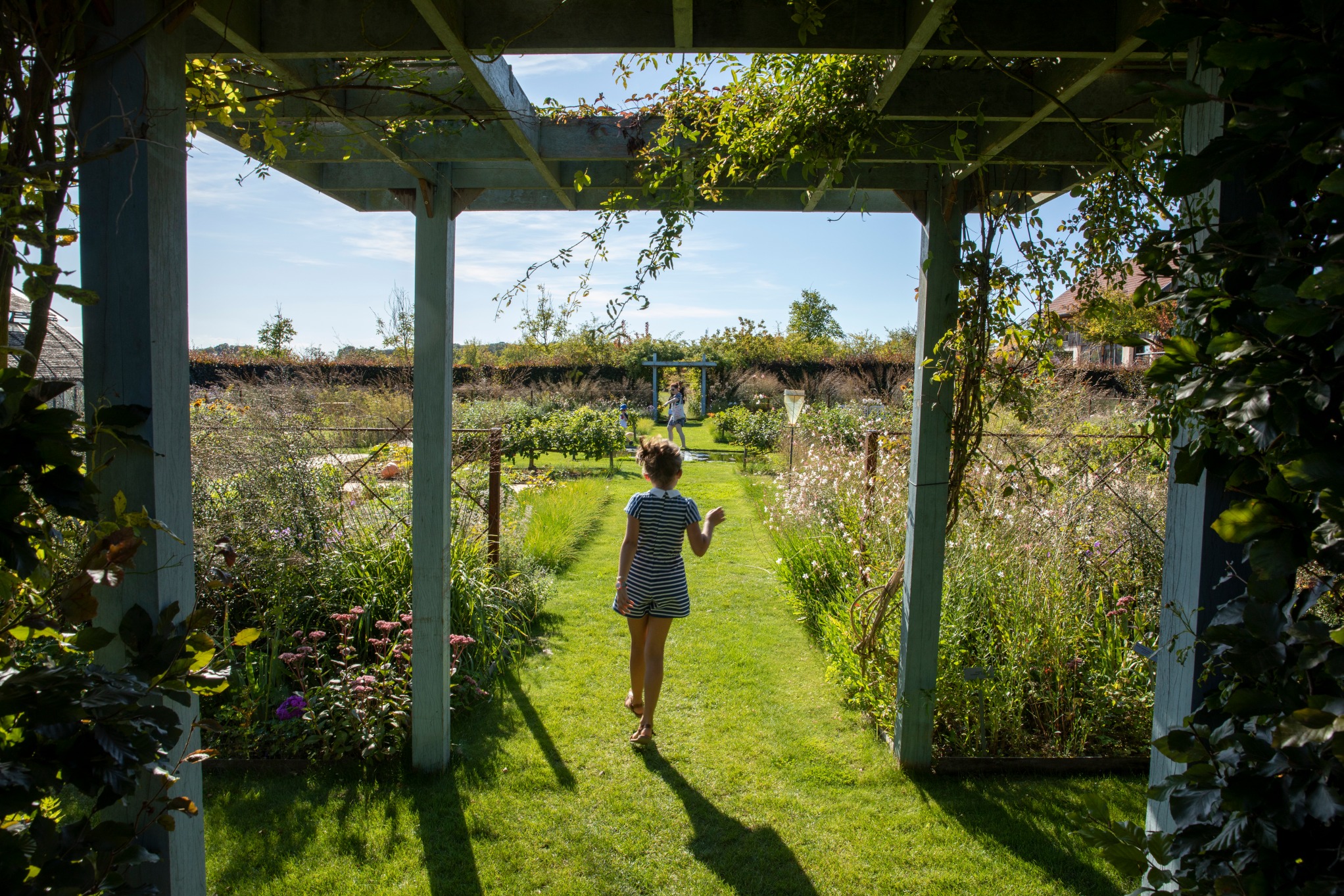
Visit this 15 ha site for a moment of escapism and relaxation. Enjoy the 22 themed gardens, the gardening courses, seasonal menus, and unmissable events! Discover fragrant paths, fruits, and works of art...